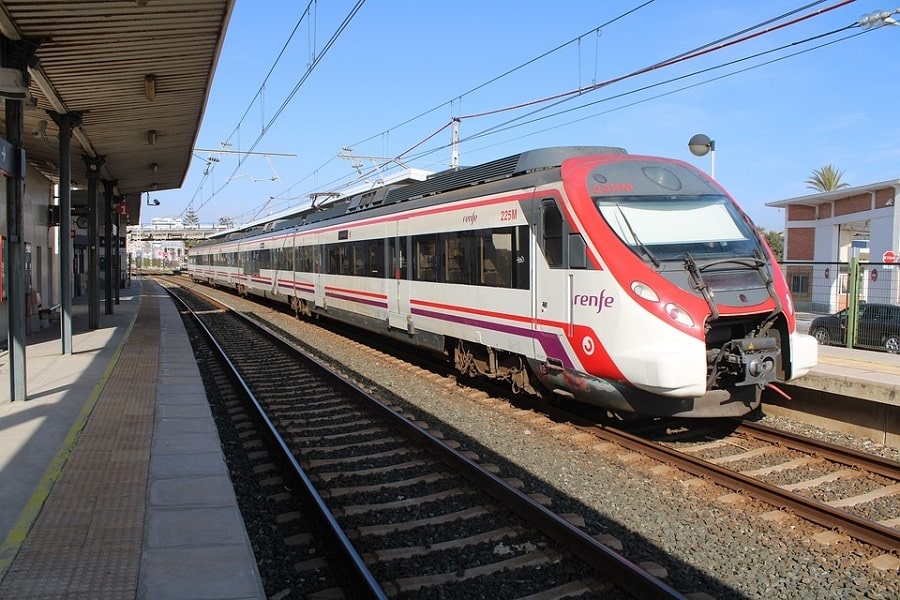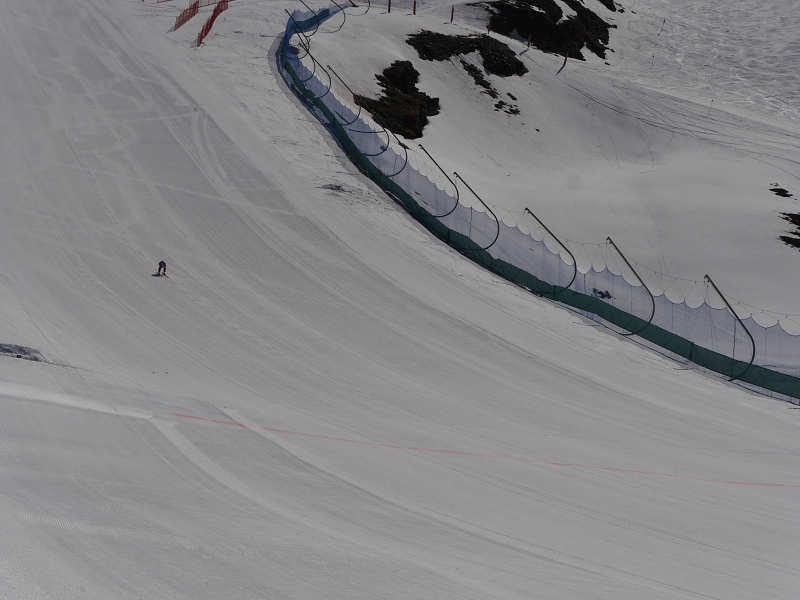The government of Spain has announced plans to keep Renfe short- and medium-distance train tickets fully subsidized for all of 2023, extending the measure already in place from September to December of this year.
The measure, aimed at tackling inflation while also enticing more people to use public transport over private vehicles, was first announced during the summer and was initially only going to be in operation between September and the end of December.
In a press conference on Tuesday following the ministers’ meeting that approved the budget plan for next year, Spanish finance minister María Jesús Montero explained that the transport budget will be increased by 41.2% up to €700 million. Most of this will go to Renfe to cover the subsidization of the tickets.
The measure will only become official if the Spanish government’s budget for 2023 is approved.
How does it work?
It will be free of cost but users will have to pay a €10 deposit when buying it for the first time. Tickets went on sale on August 24 at Renfe ticket desks and machines. Travelers can also apply for the discount online.
In the initial plan, announced to be in effect for the last four months of 2022, Rodalies train users had to use the ticket at least 16 times between September and December.
If they comply with this measure, they will get a refund back at the end of the year.
Catalans can travel across the territory using up to 15 different routes operated by Renfe. All of them will be free allowing people to visit Barcelona, several beaches, mountainous areas, go to the airport, or even travel to some of the other cities in Catalonia or in the neighboring regions of Aragon and Valencian Community, or even in France.
Rodalies has nine different train lines that can bring users to places such as the southern beaches of Castelldefels, Garraf, Sitges, Vilanova i la Geltrú, and even Calafell, all of them via the R2S line. It does not matter how long the journey takes, as all trips will be free of charge.
To the north, beaches accessible by train include but are not limited to Sant Adrià de Besos, Badalona, Masnou, Premià de Mar, Arenys de Mar, Canet de Mar, and Blanes. Travelers will have to take the R1 train line in this case, the oldest one built in Catalonia that is currently in danger due to climate change.
But trains were not only built to go to the beach, but also to stop in some of the biggest cities around the territory. Aside from the Barcelona El Prat Airport, the R2N line also stops in El Prat de Llobregat, another city south of the Catalan capital.
While the R2S has stations in Castelldefels, Gavà, and Sant Vicenç de Calders, among other sites.
Other big cities reachable by train include Ripoll and Puigcerdà (R3) in the northern mountains; as well as Vic (R3), Granollers (R2, R2S, and R8), and Terrassa and Manresa (R4), in inland Catalonia.
Students going to the Autonomous University of Barcelona (UAB) by Rodalies R7 will also benefit from the free ride.











